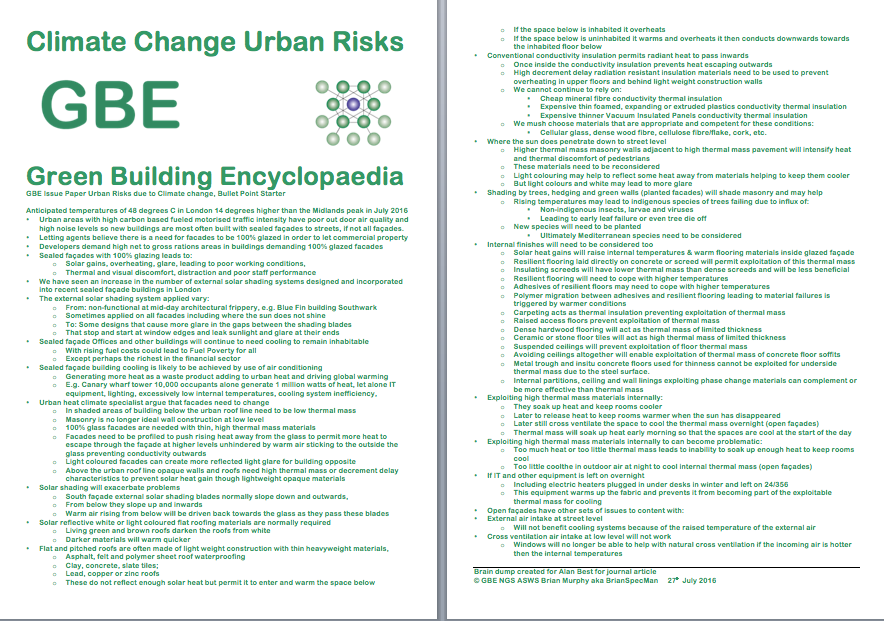
GBE > Code > Issue Paper > G#12500
Urban Risks due to Climate Change
Urban Risks due to Climate Change
About:
- GBE Issue Paper: Urban Risks due to Climate change,
- Bullet Point Starter
Anticipated temperatures of 48 degrees C in London 14 degrees higher than the UK Midlands peak in July 2016
- Urban areas with high carbon based fueled motorised traffic intensity have poor out door air quality and high noise levels so new buildings are most often built with sealed façades to streets, if not all façades.
- Letting agents believe there is a need for facades to be 100% glazed in order to let commercial property
- Developers demand high net to gross rations areas in buildings demanding 100% glazed facades
- Sealed façades with 100% glazing leads to:
- Solar gains, overheating, glare, leading to poor working conditions,
- Thermal and visual discomfort, distraction and poor staff performance
- We have seen an increase in the number of external solar shading systems designed and incorporated into recent sealed façade buildings in London
- The external solar shading system applied vary:
- From: non-functional at mid-day architectural frippery, e.g. Blue Fin building Southwark
- Sometimes applied on all facades including where the sun does not shine
- To: Some designs that cause more glare in the gaps between the shading blades
- That stop and start at window edges and leak sunlight and glare at their ends
- Sealed façade Offices and other buildings will continue to need cooling to remain inhabitable
- With rising fuel costs could lead to Fuel Poverty for all
- Except perhaps the richest in the financial sector
- Sealed façade building cooling is likely to be achieved by use of air conditioning
- Generating more heat as a waste product adding to urban heat and driving global warming
- g. Canary wharf tower 10,000 occupants alone generate 1 million watts of heat, let alone IT equipment, lighting, excessively low internal temperatures, cooling system inefficiency,
- Urban heat climate specialist argue that facades need to change
- In shaded areas of building below the urban roof line need to be low thermal mass
- Masonry is no longer ideal wall construction at low level
- 100% glass facades are needed with thin, high thermal mass materials
- Facades need to be profiled to push rising heat away from the glass to permit more heat to escape through the façade at higher levels unhindered by warm air sticking to the outside the glass preventing conductivity outwards
- Light coloured facades can create more reflected light glare for building opposite
- Above the urban roof line opaque walls and roofs need high thermal mass or decrement delay characteristics to prevent solar heat gain though lightweight opaque materials
- Solar shading will exacerbate problems
- South façade external solar shading blades normally slope down and outwards,
- From below they slope up and inwards
- Warm air rising from below will be driven back towards the glass as they pass these blades
- Solar reflective white or light coloured flat roofing materials are normally required
- Living green and brown roofs darken the roofs from white
- Darker materials will warm quicker
- Flat and pitched roofs are often made of light weight construction with thin heavyweight materials,
- Asphalt, felt and polymer sheet roof waterproofing
- Clay, concrete, slate tiles;
- Lead, copper or zinc roofs
- These do not reflect enough solar heat but permit it to enter and warm the space below
- If the space below is inhabited it overheats
- If the space below is uninhabited it warms and overheats it then conducts downwards towards the inhabited floor below
- Conventional conductivity insulation permits radiant heat to pass inwards
- Once inside the conductivity insulation prevents heat escaping outwards
- High decrement delay radiation resistant insulation materials need to be used to prevent overheating in upper floors and behind light weight construction walls
- We cannot continue to rely on:
- cheap mineral fibre conductivity thermal insulation
- expensive thin foamed, expanding or extruded plastics conductivity thermal insulation
- expensive thinner Vacuum Insulated Panels conductivity thermal insulation
- We must choose materials that are appropriate and competent for these conditions:
- cellular glass, dense wood fibre, cellulose fibre/flake, cork, etc.
- Where the sun does penetrate down to street level
- Higher thermal mass masonry walls adjacent to high thermal mass pavement will intensify heat and thermal discomfort of pedestrians
- These materials need to be reconsidered
- Light colouring may help to reflect some heat away from materials helping to keep them cooler
- But light colours and white may lead to more glare
- Shading by trees, hedging and green walls (planted facades) will shade masonry and may help
- Rising temperatures may lead to indigenous species of trees failing due to influx of:
- Non-indigenous insects, larvae and viruses
- Leading to early leaf failure or even tree die off
- New species will need to be planted
- Ultimately Mediterranean species need to be considered
- Rising temperatures may lead to indigenous species of trees failing due to influx of:
- Internal finishes will need to be considered too
- Solar heat gains will raise internal temperatures & warm flooring materials inside glazed façade
- Resilient flooring laid directly on concrete or screed will permit exploitation of this thermal mass
- Insulating screeds will have lower thermal mass than dense screeds and will be less beneficial
- Resilient flooring will need to cope with higher temperatures
- Adhesives of resilient floors may need to cope with higher temperatures
- Polymer migration between adhesives and resilient flooring leading to material failures is triggered by warmer conditions
- Carpeting acts as thermal insulation preventing exploitation of thermal mass
- Raised access floors prevent exploitation of thermal mass
- Dense hardwood flooring will act as thermal mass of limited thickness
- Ceramic or stone floor tiles will act as high thermal mass of limited thickness
- Suspended ceilings will prevent exploitation of floor thermal mass
- Avoiding ceilings altogether will enable exploitation of thermal mass of concrete floor soffits
- Metal trough and insitu concrete floors used for thinness cannot be exploited for underside thermal mass due to the steel surface.
- Internal partitions, ceiling and wall linings exploiting phase change materials can complement or be more effective than thermal mass
- Exploiting high thermal mass materials internally:
- They soak up heat and keep rooms cooler
- Later to release heat to keep rooms warmer when the sun has disappeared
- Later still cross ventilate the space to cool the thermal mass overnight (open façades)
- Thermal mass will soak up heat early morning so that the spaces are cool at the start of the day
- Exploiting high thermal mass materials internally to can become problematic:
- Too much heat or too little thermal mass leads to inability to soak up enough heat to keep rooms cool
- Too little coolth in outdoor air at night to cool internal thermal mass (open façades)
- If IT and other equipment is left on overnight
- Including electric heaters plugged in under desks in winter and left on 24/356
- This equipment warms up the fabric and prevents it from becoming part of the exploitable thermal mass for cooling
- Open façades have other sets of issues to content with:
- External air intake at street level
- Will not benefit cooling systems because of the raised temperature of the external air
- Cross ventilation air intake at low level will not work
- Windows will no longer be able to help with natural cross ventilation if the incoming air is hotter then the internal temperatures
- External air intake at street level
Brain dump created for Alan Best for journal article
© GBE NGS ASWS Brian Murphy aka BrianSpecMan
27th July 2016
I am text block. Click edit button to change this text. Lorem ipsum dolor sit amet, consectetur adipiscing elit. Ut elit tellus, luctus nec ullamcorper mattis, pulvinar dapibus leo.
Urban Risks due to Climate Change
Images:
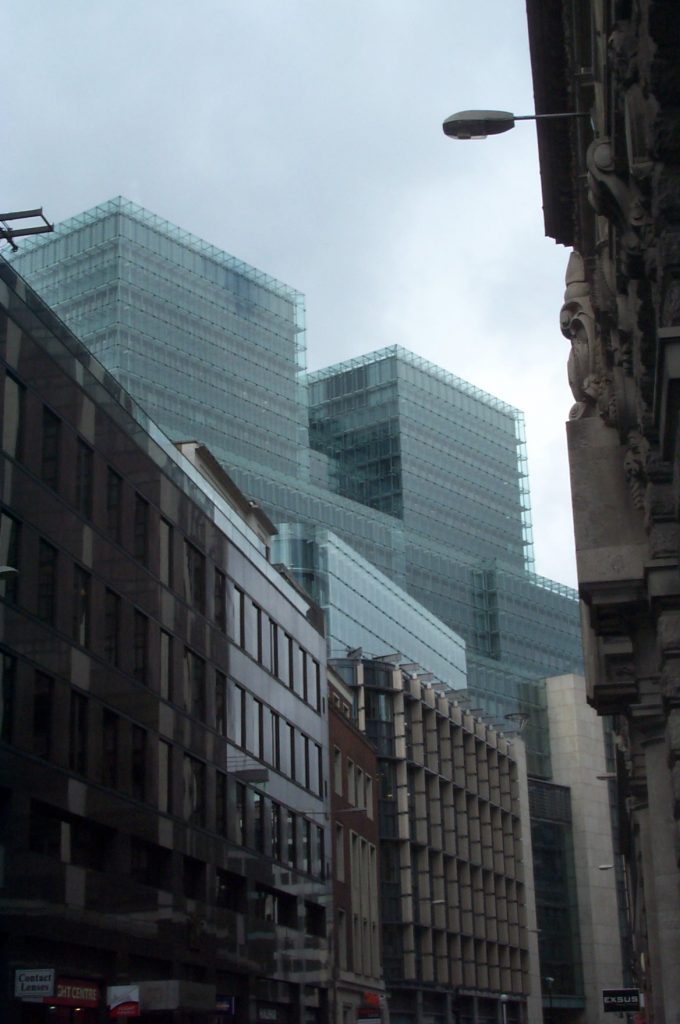
More London Offices are moving from 100% Glass facade to 100% Glass facade with solar shading DCP_5935
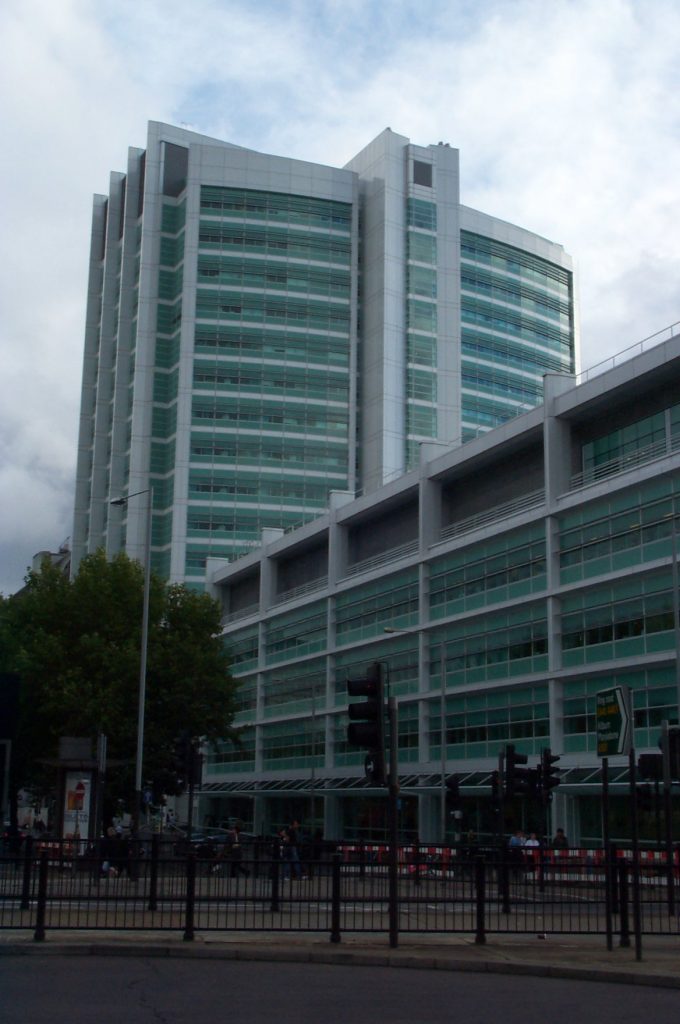
Hospital Euston Road/Tottenham Court Road: Fritting and tiny solar shading blades on all 4 elevations DCP_1280
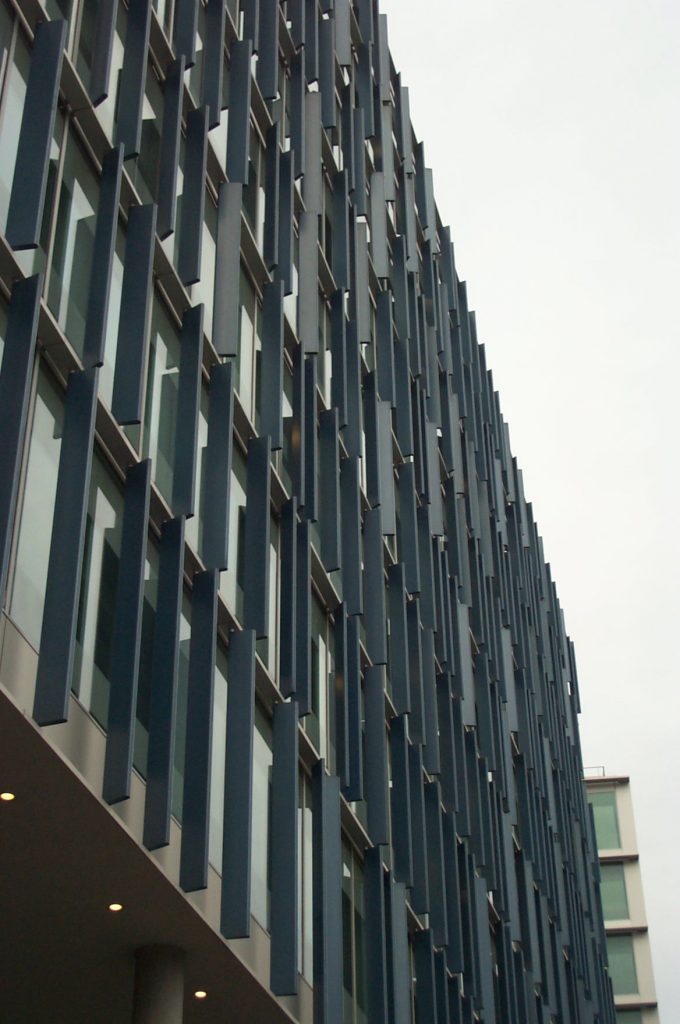
Blue fin Building Southwark: Solar blinkers effective in the morning and the evening but not mid day DCP_4122
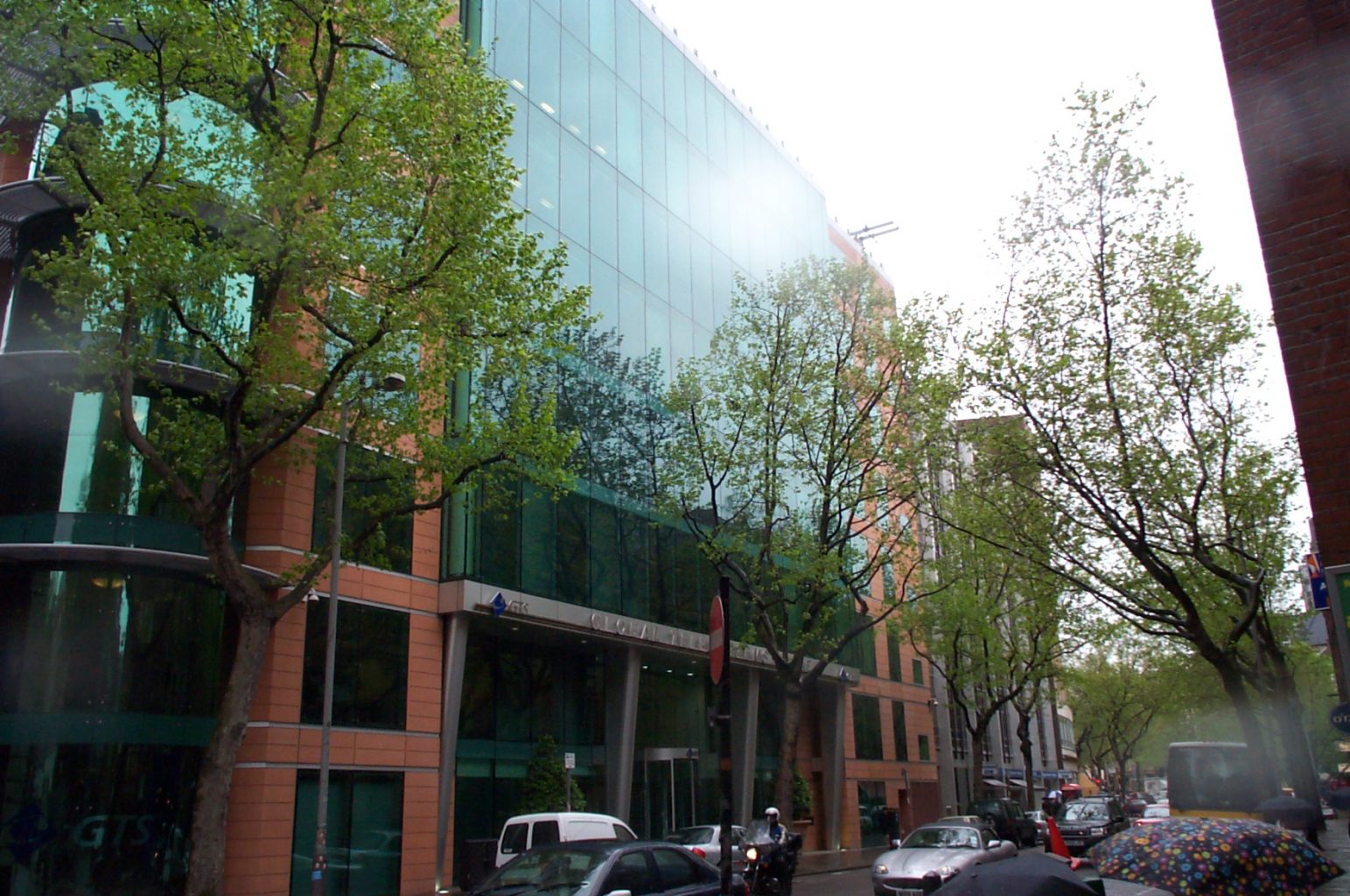
100% glazed facade no solar shading DCP_1267
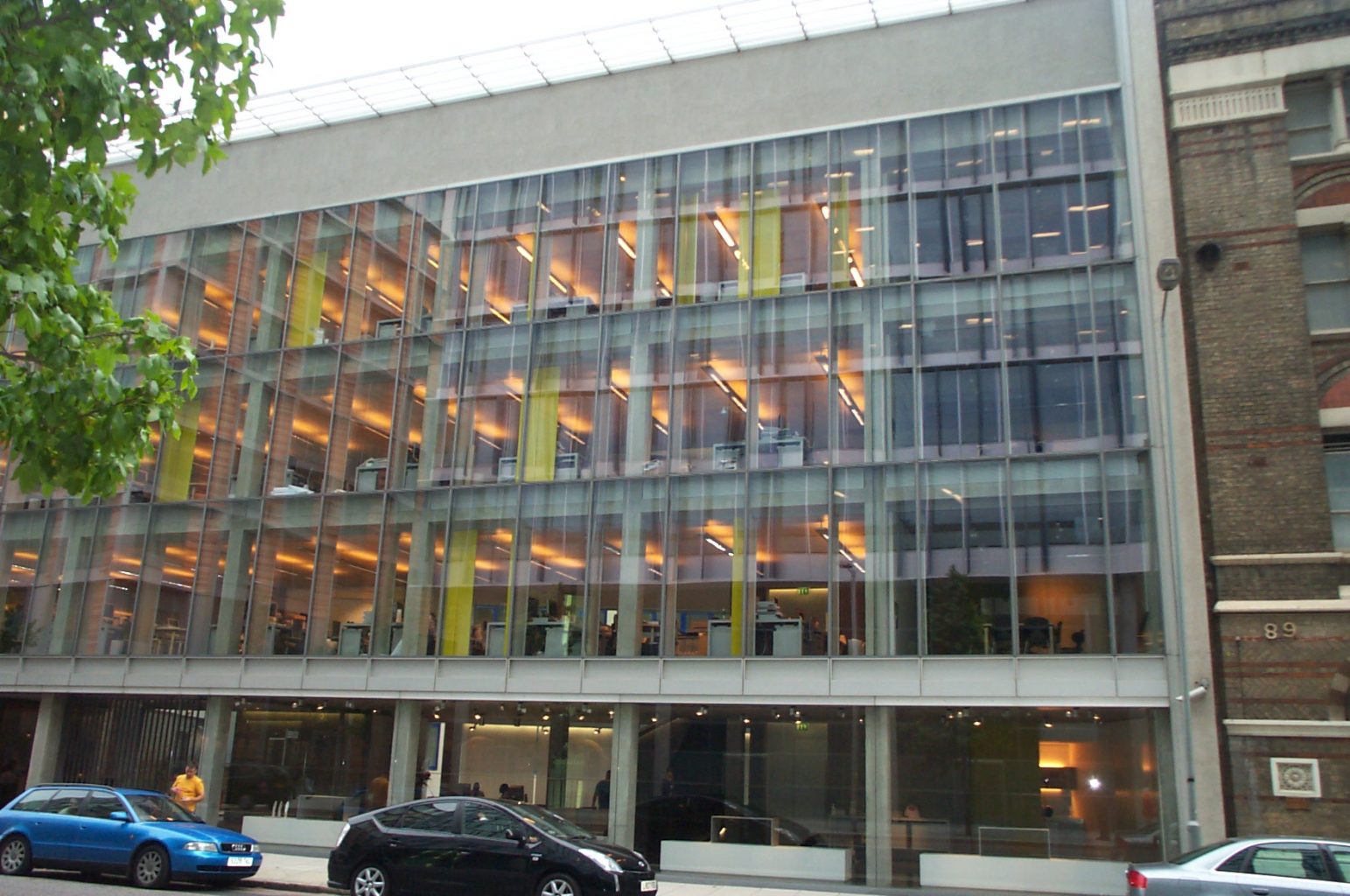
A&M Office High Level Shading on 100% Glass North Facade DCP_4123
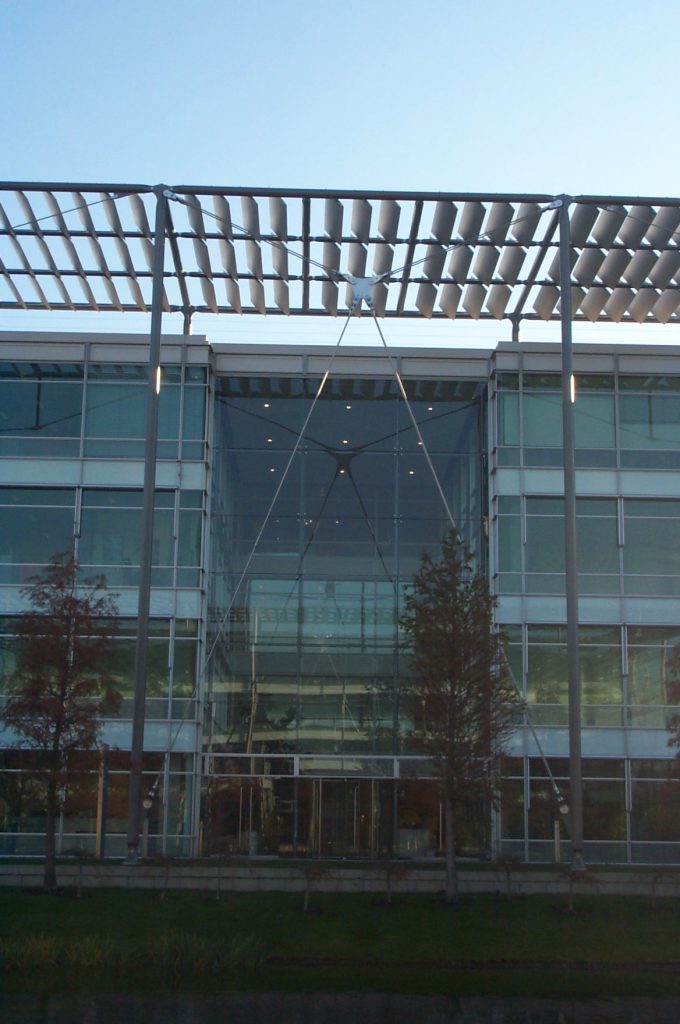
Chiswick Park Whole Building Solar Shading DCP_5731

Blue Fin Building Southwark,
100% glass facade with randomly positioned and angled blinkers on the south facade
At best 25% solar shading 75% glass on show to the sun DCP_4121

Chiswick Park Whole Building Solar Shading DCP_5728

Portcullis House London, Solar shading over windows, oriels, dormers, on South and West facades IMG_2462
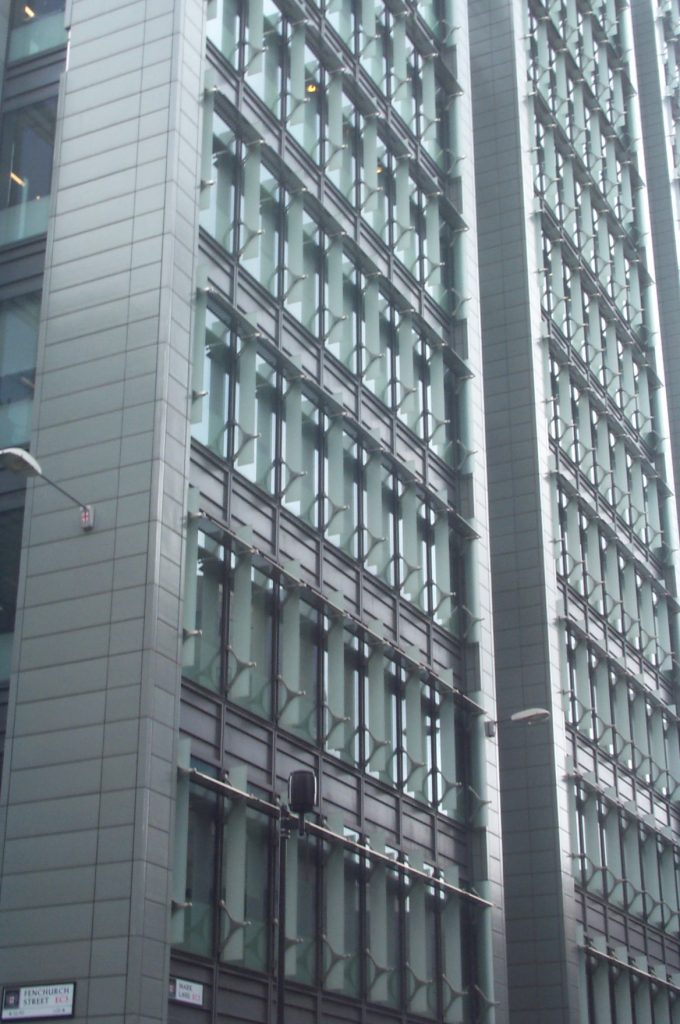
Horizontal Solar Shading and Vertical Blinkers on Western Elevation and none on the North DCP_5937
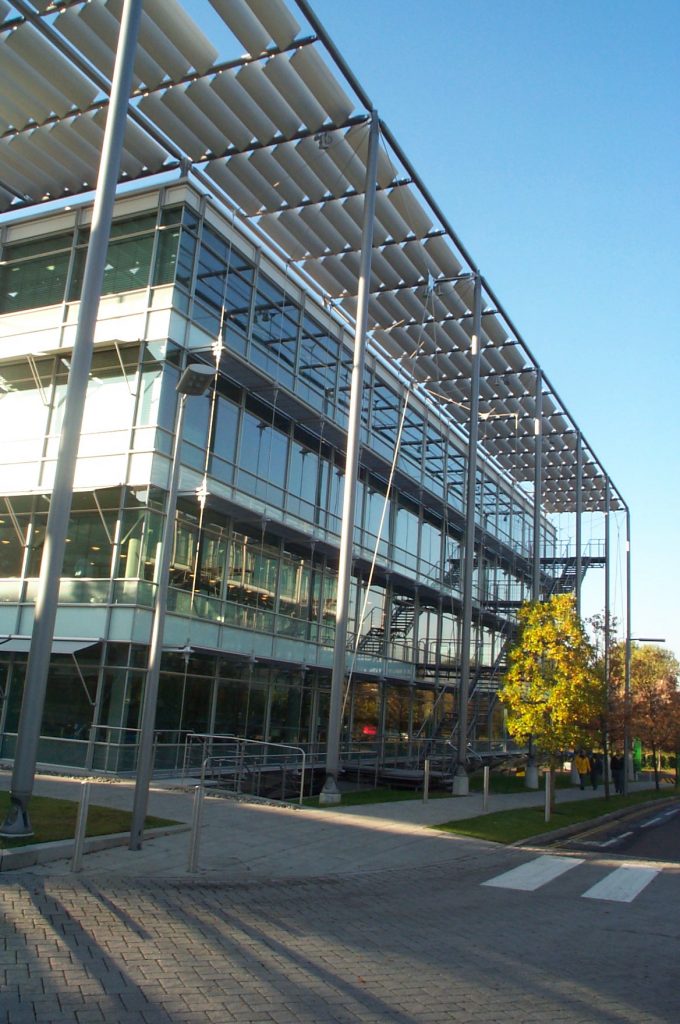
Chiswick Park Whole Building Solar Shading DCP_5724
Appears to be positioned in ‘let the sunlight in’ mode
Taken early morning

Chiswick Park Whole Building and per floor Solar Shading DCP_5714

UEA Enterprise Centre Entrance Courtyard North Wing South Elevation, Solar shading, panel cladding, Ventilation Louvres, Windows, Flint Filtre Drain Trench landscape

Undulating surface helps heat to escape facade but solar shading might push it back again DCP_6855
Brain dump created for Alan Best for journal article
© GBE NGS ASWS Brian Murphy aka BrianSpecMan
27th July 2016
Urban Risks due to Climate Change
See Also:
GBE Issue Papers
Brain dump created for Alan Best for journal article
© GBE NGS ASWS Brian Murphy aka BrianSpecMan
27th July 2016

